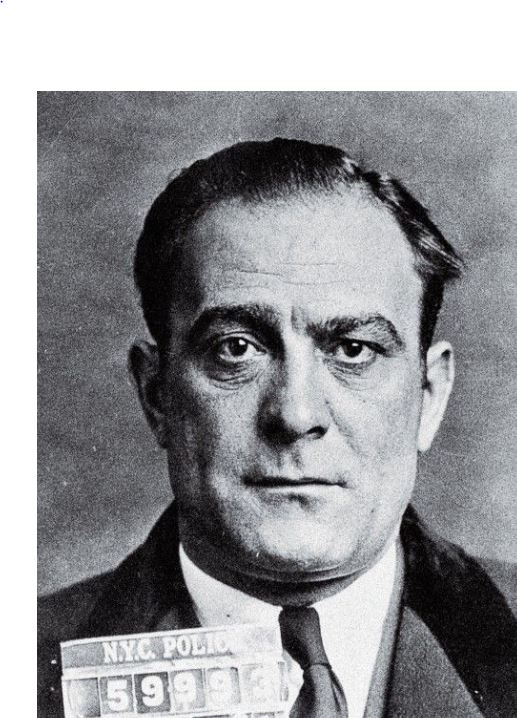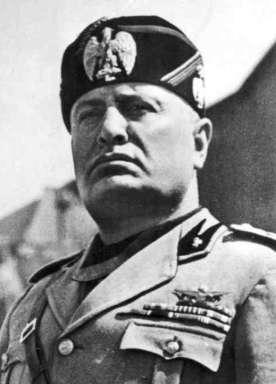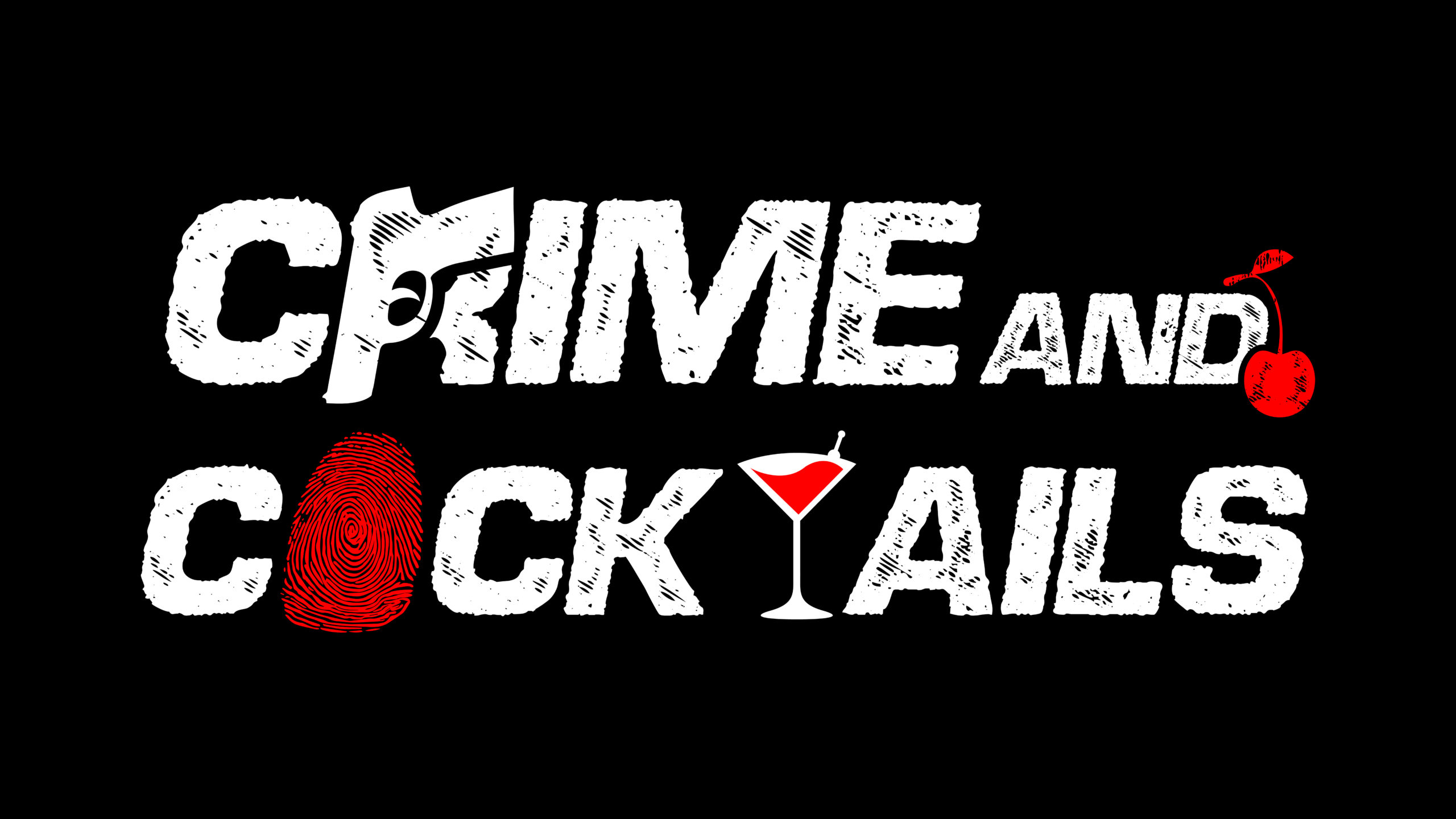On a cold January night in 1943, the heart of Manhattan became a crime scene soaked in political intrigue, Mafia power plays, and the final breath of one of America’s fiercest dissidents. Carlo Tresca — anarchist, labor organizer, and relentless critic of fascism, communism, and organized crime — was gunned down on Fifth Avenue. The assassin vanished into the night. No one was ever charged. But beneath the surface, a dark alliance between Benito Mussolini’s fascist regime and the American Mafia had struck a deadly chord. And the man believed to have orchestrated it all? Vito Genovese, the ruthless mob boss with one foot in New York and another in Fascist Italy.

Carlo Tresca lived his life in defiance. Born in Sulmona, Italy, in 1879, he began as a socialist firebrand and editor of the railway workers’ newspaper. But he wasn’t content to merely preach — he acted. In 1904, he immigrated to the United States, quickly rising as a leading voice for labor rights, organizing strikes and railing against the abuses of capitalism and corruption within the unions themselves. Tresca wasn’t just a radical — he was a razor-sharp thorn in the side of everyone who sought to control the working class through fear, deceit, or brute force.
By the 1930s, Tresca had become one of the loudest Italian voices in America against Mussolini’s fascist grip on Italy. He exposed Mussolini’s brutality in his New York-based anti-fascist newspaper Il Martello (“The Hammer”), ridiculing the myths of fascist glory and warning Italian-Americans about the dictator’s cruelty. But Tresca didn’t stop at fascism. He also took aim at Joseph Stalin’s regime and, closer to home, the Mafia — particularly their infiltration of trade unions. His unrelenting criticism of the Cosa Nostra earned him powerful enemies who didn’t take kindly to being exposed in the press.
Benito Mussolini had Tresca squarely in his sights. The fascist regime, worried that Tresca’s influence among Italian-Americans would sour U.S. relations and stifle Mussolini’s hopes of financial support from American banks, lobbied to have him silenced. Italy’s ambassador pressured Washington to shut down Il Martello. The U.S. government, cowed by diplomatic pressure, tried to deport Tresca on obscenity charges. But when President Calvin Coolidge commuted the sentence, Tresca walked free — angrier, louder, and more defiant than ever.

That’s when Vito Genovese entered the picture.
Genovese, a rising Mafia don in New York, was no ordinary mobster. In 1937, he fled America under threat of prosecution for murder, retreating to Italy with a suitcase stuffed with $750,000 in cash. There, he embedded himself with Mussolini’s regime, buying influence the way only a mafioso could. He bribed his way into the good graces of Galeazzo Ciano, Mussolini’s son-in-law, even allegedly supplying him with cocaine. Genovese donated millions to the fascist cause, and in return, he was honored with prestigious titles and favors. To Mussolini, Genovese was more than a gangster — he was a useful ally.
And Genovese needed favors. Being in exile meant walking a tightrope between survival and ambition. Mussolini, meanwhile, needed the voice of Carlo Tresca silenced. Tresca had been labeled a “dangerous enemy” by the fascist state, his name whispered in diplomatic circles, and his words a threat to the illusion Mussolini worked so hard to construct. The problem? Tresca was untouchable through official means. Deportation had failed. Censorship had failed. Only one option remained: murder.
According to multiple accounts, Mussolini made a request — eliminate Carlo Tresca. And Vito Genovese, ever the opportunist, obliged. For Genovese, it was a win-win. He would curry more favor with the fascists and eliminate a man who had publicly ridiculed and exposed the Mafia’s grip on American unions.
On January 11, 1943, Tresca had just finished a meeting with his parole officer. Surveillance agents trailed him as usual, but he evaded them by hopping into a waiting car. Two hours later, as he crossed Fifth Avenue and 15th Street, a black Ford pulled alongside him. A short, stocky figure in a brown coat leapt out, aimed a pistol, and shot Tresca in the back of the head. The shooter climbed back into the car, which sped off and was later found abandoned with all four doors wide open — a ghost vehicle, vanishing like its driver.
The suspected triggerman? Carmine Galante, a young enforcer from the Bonanno crime family — and one of the most brutal hitmen of his time. Galante would later rise to power himself, but in 1943, he was just another soldier carrying out orders from the shadows.
The message was clear: speak too loudly against the Mafia and the fascists, and you get silenced. Permanently.
The aftermath of the killing was drenched in suspicion but void of justice. The FBI and NYPD investigated, but no charges were ever brought. Witnesses melted away. Leads dried up. Even the press, once bold in echoing Tresca’s calls for justice, seemed to pull back. Perhaps fear — or quiet influence from higher powers — kept mouths shut and pens still.
Carlo Tresca died as he lived — uncompromising, defiant, and unafraid. His murder marked more than the end of one man’s life; it symbolized the brutal power of transnational collusion between political tyranny and organized crime. The Mafia got their labor rackets. Mussolini silenced a critic. Genovese deepened his connections and eventually returned to the U.S. to claim the throne of the Genovese crime family.
But the bullet that killed Tresca could not erase his message. His life stands as a warning and a testament: when power aligns itself with corruption, when truth is punished by death, only the brave dare speak.
And Carlo Tresca? He spoke until the very end.


